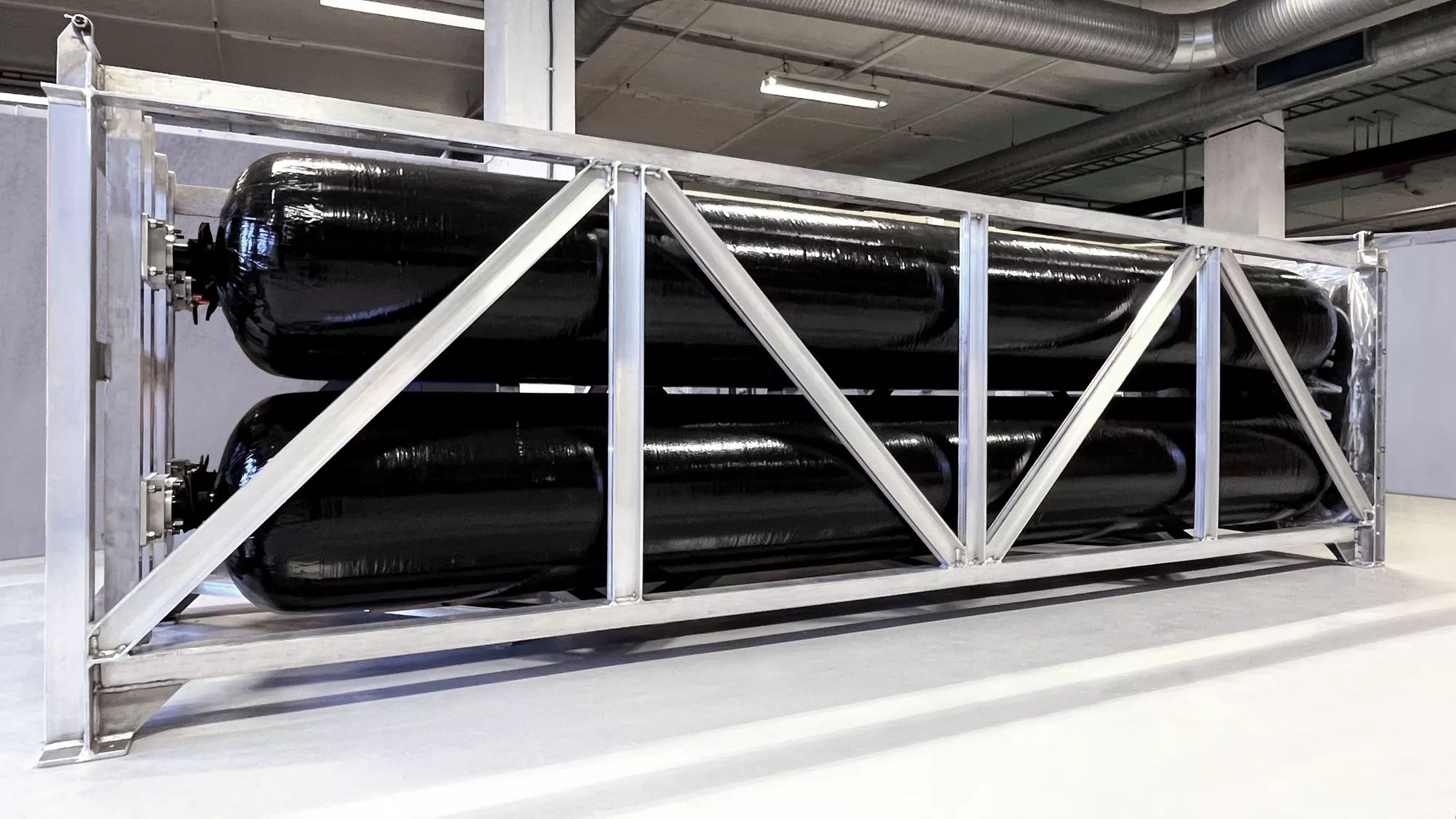Hexagon Purus Maritime, a wholly owned subsidiary of Hexagon Purus, has received a purchase order for a compressed hydrogen fuel system from Freire Shipyard in Vigo, Spain. The system will be used on Greenpeace’s new 75-meter vessel featuring advanced green technologies, including hydrogen and e-methanol power systems. The value of the order is approximately EUR 2.5 million (approx. NOK 29 million).

“We are delighted to support Greenpeace’s mission to showcase innovative solutions for reducing maritime emissions,” said Robert Haugen, Managing Director of Hexagon Purus Maritime. “This partnership underscores our commitment to pioneering zero-emission technologies and contributing to a sustainable future for the maritime industry.”
Delivery of the hydrogen fuel system is scheduled for 2027.
The Greenpeace vessel, built by Freire Shipyard and designed by Dykstra will harness wind and solar power through over 2000 square meters of sails, battery packs, and solar panels. It will also feature advanced power systems enabling the use of green hydrogen and e-methanol to meet its remaining energy needs.
“Hexagon Purus is committed to actively leading the way in developing zero-emission alternatives”, says Guillermo Freire, Managing Director, Freire Shipyard. “After a comprehensive tender process, we became confident that Hexagon Purus Maritime had the ability and highest technical capabilities to deliver on this exciting project”.
In 2023, the International Maritime Organization (IMO) adopted a revised strategy to reduce greenhouse gas (GHG) emissions from international shipping. The revised strategy includes a common ambition to (i) reach net-zero GHG emission by or around 2050 and (ii) indicative milestones that call for reducing total GHG emissions of up to 30% by 2030 and 80% by 2040 measured from GHG emission levels in 2008.
Making green hydrogen available for use in the maritime sector is crucial to reducing the world’s greenhouse gas emissions. Green hydrogen is expected to supply up to 25% of the world’s energy needs by 2050.


